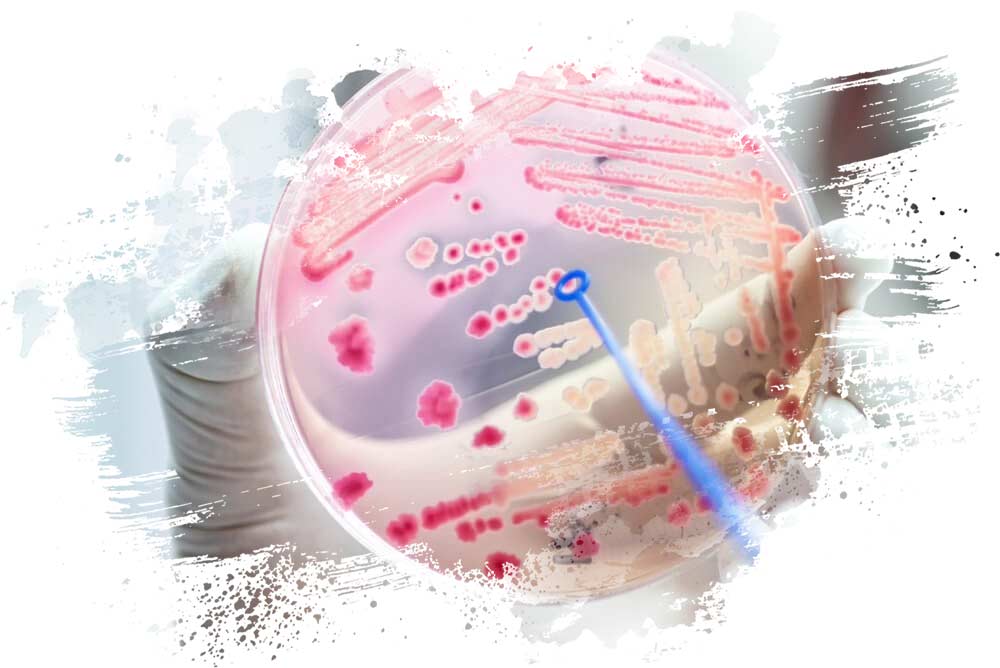
Phylazonit Soil Regenerator
Promotion of rooting, protection against pathogenic soil fungi
As a result of the bacteria strains’ metabolism processes, they produce such antibiotic-like substances which are avoided by soil-borne fungi. Owing to their siderophore producing ability, they restrict propagation of fungi in the vicinity of the root surface. The quickly propagating strains Pseudomonas and Bacillus adopting themselves well to the various soil types and circumstances crowd out harmful microorganisms by occupying their living space. This property may be especially important for the farms which cannot comply with the requirements of crop rotation. Similarly, it is recommended in such cases when the same diseases may attack, damage the subsequent plant cultures. The preparation can be used in organic farming areas as well, so it may be the most important preventive preparation for ecological farming.
Benefits

Composition
Bacterium strains (Pseudomonas putida, Pseudomonas fluorescens, Bacillus megaterium, Bacillus subtilis), nutrient solution.
Germ number: 109 CFU /cm3, nutrient solution.

Application
Arable plant cultures: 10-20 l/ha.
Horticultural plant cultures: 10-20 l/ha.
It can be used in all arable and horticultural plant cultures in amount of 10-20 l/ha, with 100-300 l/ha water quantity, applied on the whole surface prior to seeding, planting and immediately worked into the soil, or by means of a special device (eg. Phylazonit Phyller) with 20-40 l/ha quantity of water applied on the whole surface then mixed into the seed bed, or injected in the seed bed simultaneously with the seeding.
